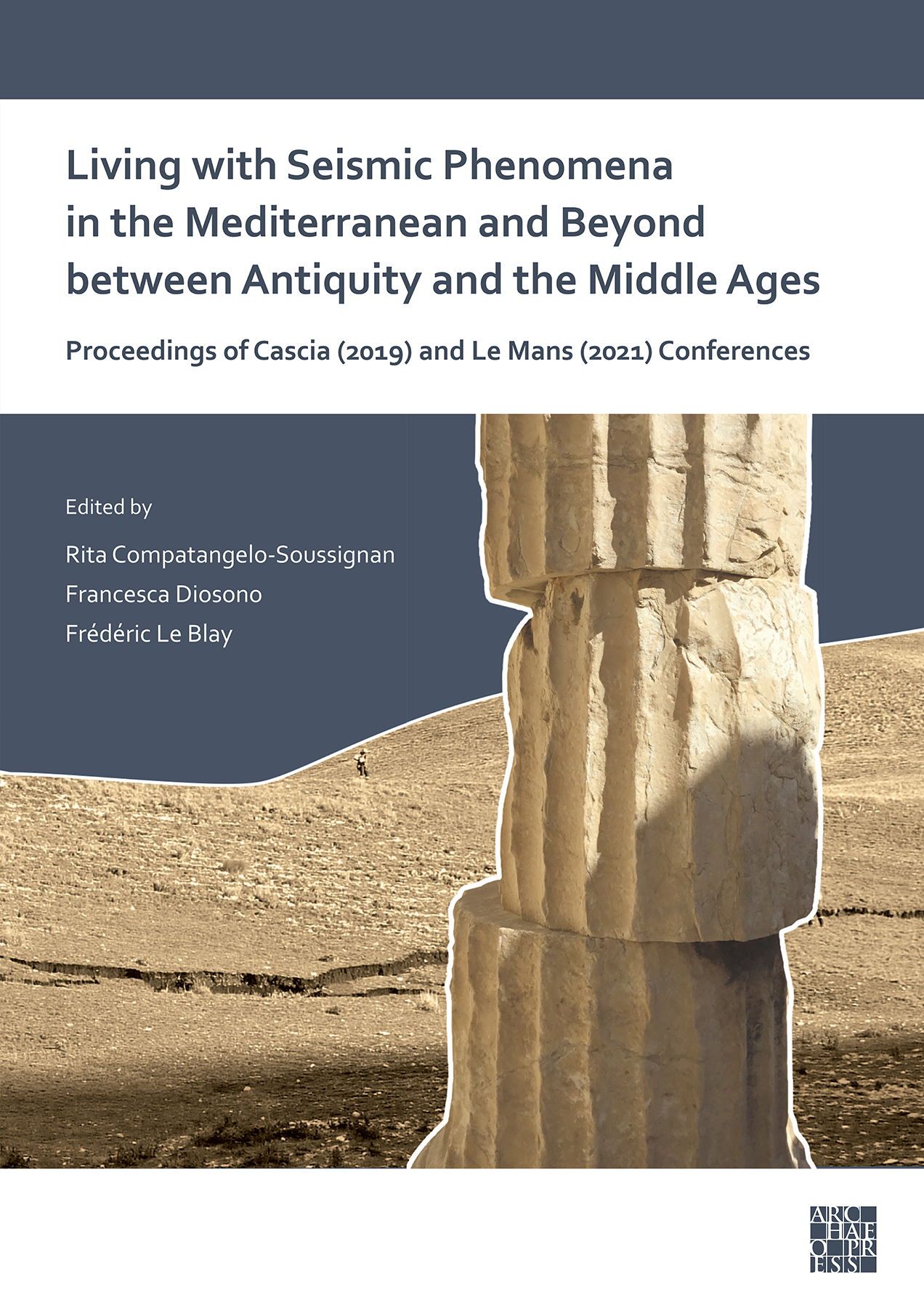
Despite the fact that beams and carpentry used in roofing structures rarely survive from ancient buildings, Lamouille believes modelling and 3-D reconstruction can compensate for this. Since roofing is the site where seismic displacements are most significant, a study of how builders approached the task is important. Drawing on Davidovici’s 2016 study on paraseismic construction, and an awareness of the seismic waves relevant to the research, the author focuses first on the Temple at Segesta (the roof of which was never completed) and argues that the structure suffered a number of earthquakes without manifest disorder because the krepis rests on a natural rocky surface via an intermediary bed of sand and small pebbles, resulting in the krepis behaving like a shock absorber. It is more difficult to ascertain how the construction of the Temple of Apollo at Delphi achieved dynamic equilibrium, but since it was founded on an embankment maintained by a solid retaining wall the siting might have provided a cushioning effect against seismic waves. In addition, the fact that the column drums were assembled on a system of polos and empolion helped to dissipate seismic energy. Lamouille also critically reviews alternative models for the roofing of the temple in terms of their stability under the effect of horizontal loads.
C. C.